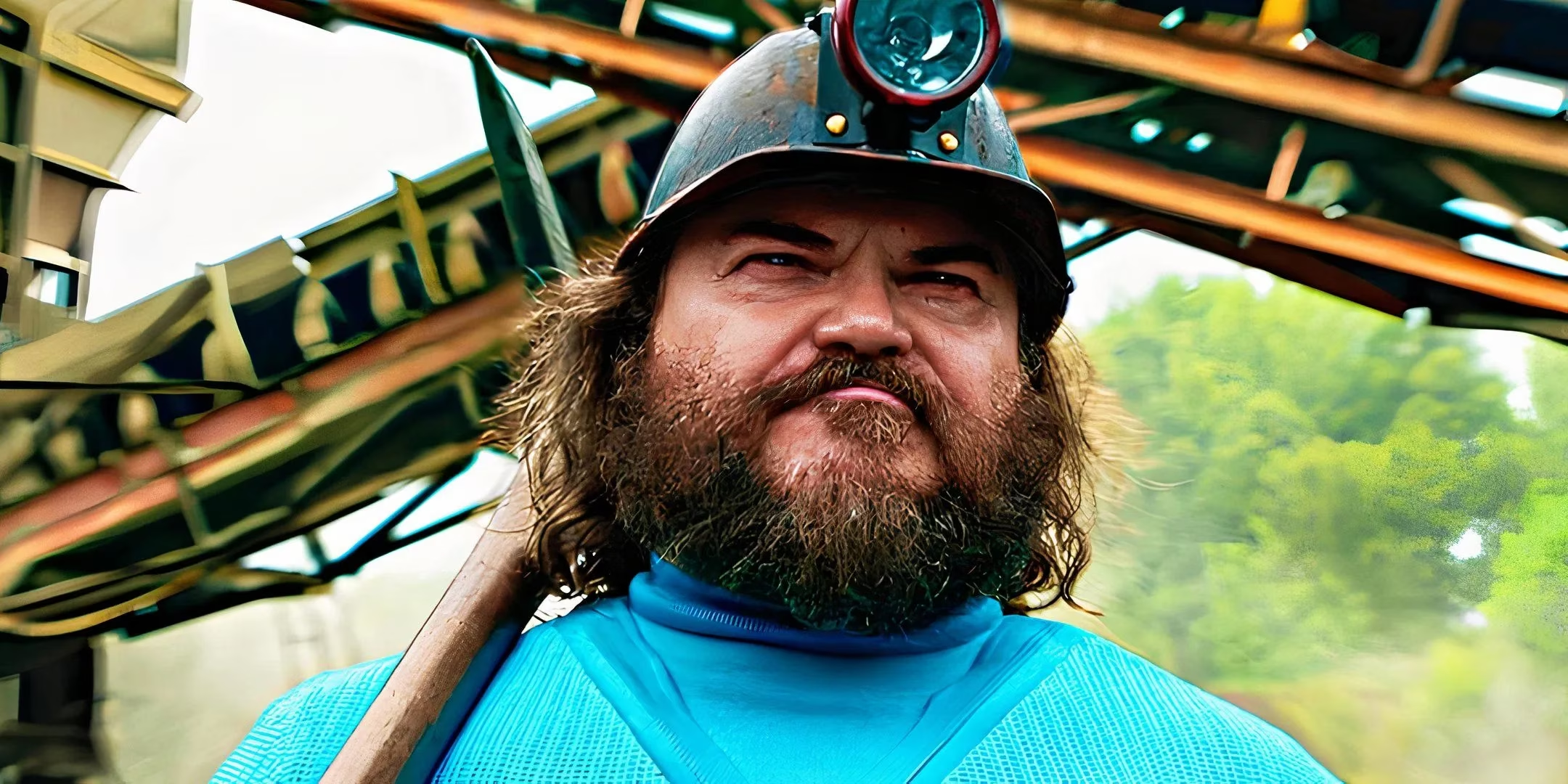Steve's Armor Evolution in Minecraft Movie Franchise
Discover how the Minecraft live-action film blends legacy and innovation, with potential for exciting armor upgrades and sequel adventures.
The long-awaited live-action adaptation of Minecraft finally materialized in April 2025 after a decade in development. Directed by Jared Hess, A Minecraft Movie transported audiences to the blocky Overworld through the adventures of Garrett (Jason Momoa), Natalie, Dawn, and Henry. Jack Black's hilariously eccentric portrayal of Steve became an instant highlight, guiding the human characters through Minecraft's signature dangers while rocking that unmistakable diamond armor in the climactic battle against Malgosha's zombified piglins. Despite mixed critical reception—Screen Rant notably gave it 4/10 while audience scores averaged 6/10—the film raked in impressive box office numbers, sparking immediate sequel discussions. Yet for all its faithful recreation of creepers and crafting tables, eagle-eyed fans couldn't help but wonder: why did Steve stick with outdated diamond gear when netherite armor exists in the Minecraft universe?
The Diamond Dilemma
Steve's flashy blue armor during the finale served dual purposes. Visually, it popped against the battle chaos like a disco ball in a cave—let's be real, that electric blue just screams "main character energy" more than netherite's muted black. Functionally, it nodded to Minecraft's legacy where diamond ruled supreme for years. But here's the kicker: since 2020's Nether Update, netherite officially dethroned diamond as the toughest armor. By 2025, this upgrade had been bedrock knowledge for half a decade. The film deliberately teased this progression gap, especially considering Steve's extended Nether imprisonment gave him ample opportunity to discover netherite scraps.

Sequel Upgrade Inevitability
With Warner Bros. likely greenlighting a sequel after the first film's financial success, Steve's gear evolution seems guaranteed. Netherite armor isn't just stronger—it's narratively symbolic. Upgrading requires combining diamond gear with netherite scraps and gold at a smithing table, mirroring how sequels must level up stakes and worldbuilding. Imagine Steve handing his iconic diamond armor to newcomer Alex while rocking sleek netherite against deadlier threats. That armor transition could visually represent the franchise maturing beyond its blocky origins. After all, if the first film's post-credits scene hinted at Steve's Overworld return, why wouldn't he come packing heat?
Beyond Armor: Sequel Possibilities
The 101-minute runtime meant inevitable exclusions from Minecraft's vast sandbox. Potential sequel expansions include:
| Feature | First Film Appearance | Sequel Potential |
|---|---|---|
| Nether Biomes | Briefly shown | Full exploration |
| Ancient Cities | Absent | Endgame-level locations |
| Archaeology | Not featured | New gameplay mechanics |
| Allays | Missing | Companion characters |
People Also Ask
- Why wasn't netherite armor in the first movie?
Creative choices prioritized visual humor and nostalgia—diamond armor's absurdity fit Jack Black's comedic tone, while netherite's complexity might've overwhelmed new audiences.
- When could the sequel release?
Given standard production timelines and Warner Bros.' momentum, late 2027 or early 2028 seems plausible.
- Did Steve's diamond armor match game mechanics?
Surprisingly yes—the design translated blocky pixels into movable plates better than anyone expected, though the helmet still looked like wearing a fishbowl!
Lingering Questions
If Steve upgrades to netherite, does that mean future villains will wield enchanted netherite axes? Could armor-tinting mechanics let characters customize their look? And most intriguingly—will the sequel address the first film's criticisms by diving deeper into Minecraft's environmental storytelling? After all, in a world where everything's literally made of possibilities, playing it safe would be the real enemy.
The following breakdown is based on information from PC Gamer, a leading source for PC gaming news and analysis. PC Gamer's extensive features on Minecraft updates and community trends often highlight how the introduction of netherite armor fundamentally shifted player strategies, making it a benchmark for in-game progression and a likely focal point for any future film adaptations seeking authenticity and fan engagement.